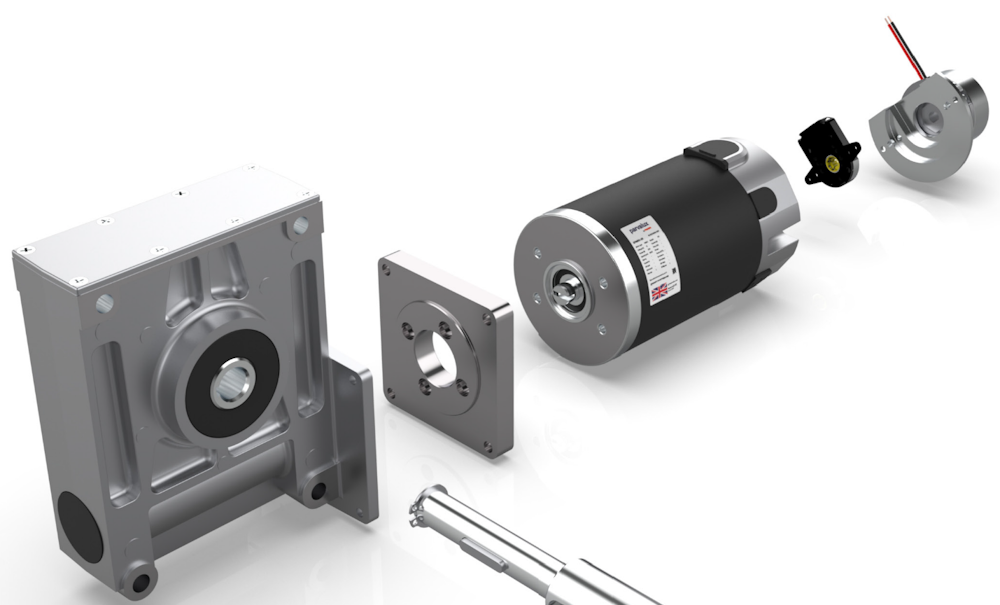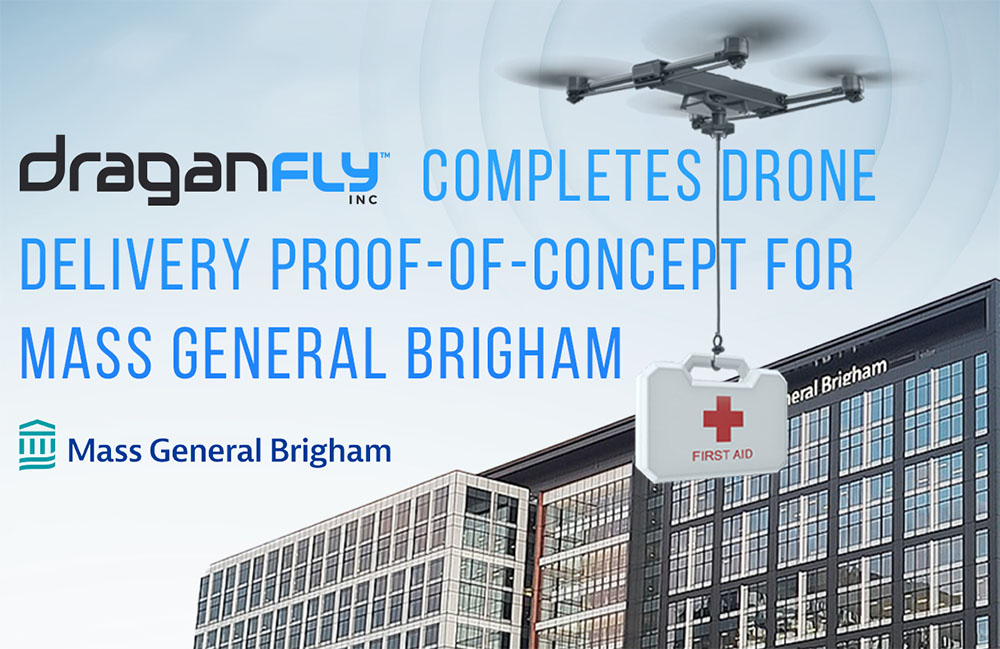By Steve Crowe | August 8, 2024
Symbotic, a leading developer of logistics automation, has acquired “substantially all of the assets” of Veo Robotics for an undisclosed amount. Symbotic confirmed the deal via email to The Robot Report. We are trying to learn exactly what Symbotic acquired, but it sounds like most of Veo’s IP and employees are now at Symbotic.
Symbotic told The Robot Report it now owns Veo Robotics’ FreeMove technology that supports safeguarding for industrial robots and promotes human-robot collaboration. FreeMove essentially turns large, high-speed industrial robots into collaborative robots. FreeMove’s 3D time-of-flight sensors are positioned on the perimeter of an industrial robot work cell to capture image data of the entire space. It uses that data to identify the work cell, including the robot, workpiece, human and occlusions to track and calculate all possible future states.
If a person gets closer to a robot than the system’s Protective Separation Distance (PSD), FreeMove tells the robot to stop. Once the person steps out of the PSD and the violation is cleared, the system allows the robot to safely restart. The system implements dynamic Speed and Separation Monitoring as defined by ISO 10218-2:2011 and ISO/TS 15066:2016, enabling safe interaction between humans and robots.
The companies are located about 20 miles apart in Massachusetts: Symbotic in Wilmington, Veo in Waltham. According to Crunchbase, Veo Robotics raised $57 million since it was founded in 2016. It closed a $29 million Series B in early 2023 and a $15 million Series A in 2019.
Veo Robotics co-founder, president and CEO Patrick Sobalvarro is now president of FreeMove at Symbotic. Veo co-founder and VP of engineering Scott Denenberg is now VP of engineering for FreeMove at Symbotic. It was unclear at press time whether Veo co-founder and CTO Clara Vu also went to Symbotic.
“We are delighted to welcome the former Veo Robotics team to Symbotic, who will continue this exciting work – and more – as they bring their talent, expertise, and cutting-edge technology to the company,” a Symbotic spokesperson told The Robot Report via email.
Symbotic riding logistics automation wave
Symbotic won a 2024 RBR50 Robotics Innovation Award from The Robot Report for its modular warehouse automation system. Symbotic is selling its system to retailers, wholesalers, and grocers with large distribution operations. Walmart is a large customer of Symbotic’s.
Symbotic in late July reported its Q3 2024 financial results. Symbotic generated $492 million in revenue for a net loss of $14 million and adjusted EBITDA of $15 million. In Q3 2023, Symbotic had revenue of $312 million, a net loss of $39 million and an adjusted EBITDA loss of $3 million. Symbotics said cash, cash equivalents and marketable securities on hand decreased by $81 million from the prior quarter to $870 million at the end of the Q3 2024.
“Symbotic continues to innovate. During the quarter, we extended the future capabilities of SymBot by incorporating an enhanced sensor array and we advanced development of our new minibot for BreakPack,” said Rick Cohen, Chairman and Chief Executive Officer of Symbotic. “Our teams continue to focus on execution of the 39 systems we have in deployment, which is reflected in our record revenue for the quarter. Our system gross margin fell below expectations due to elongated construction schedules and implementation costs. We are focused on improving our planning, speed of implementation and project management to improve performance.”
Symbotic said it expects revenue between $455-$475 million and adjusted EBITDA of $28-$32 million in its fiscal fourth quarter.
“As planned, system deployments reaccelerated from last quarter. We started five system deployments and completed three operational systems,” said Symbotic chief financial officer Carol Hibbard. “Looking ahead, improving our deployment process may temporarily slow our revenue growth. However, we expect system costs to decline and gross margin to return to historical levels during our fourth fiscal quarter.”

 4 months ago
102
4 months ago
102








 English (US) ·
English (US) ·